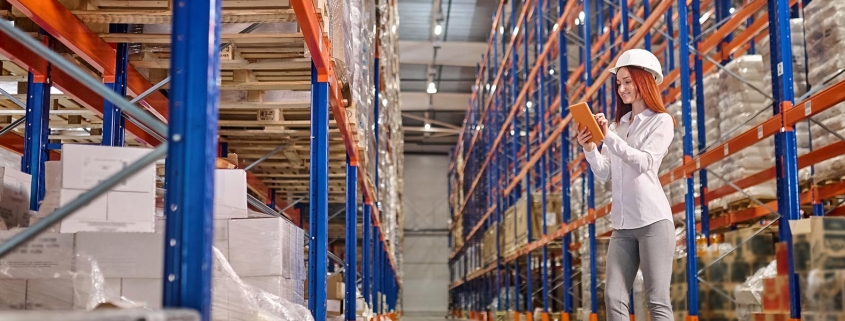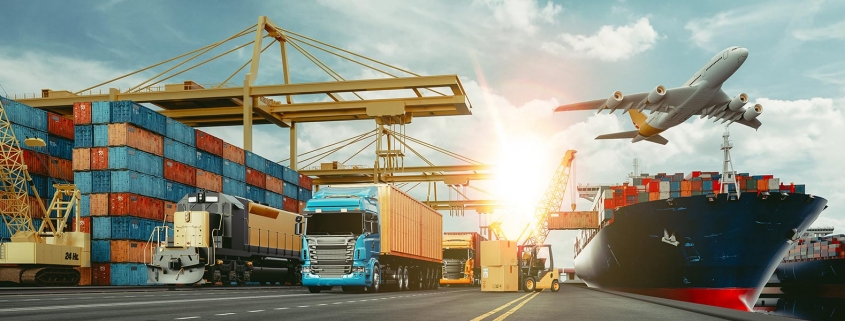🌐 #InternationalLogistics #LogisticsNetworkDesignandOptimization
Hello everyone! Today, let’s explore the best practices in logistics network design and optimization!
In the global supply chain, logistics network design and optimization are crucial factors to ensure efficient operations and reduce costs. So, how do we go about designing and optimizing logistics networks?
Firstly, logistics network design needs to consider the scale and complexity of the supply chain. By analyzing various aspects of the supply chain, we can determine the locations and quantity of logistics centers to minimize transportation distance and time, thereby improving transportation efficiency.
Secondly, logistics network optimization requires the use of advanced technology and tools. For example, by utilizing logistics information technology, we can monitor the real-time status of goods transportation and make timely adjustments to routes and transportation plans, reducing transportation costs and improving efficiency.
Furthermore, the rational utilization of logistics resources is also a crucial aspect of logistics network optimization. By optimizing transportation routes and properly allocating transportation vehicles and equipment, we can ensure that logistics resources are maximally utilized, thus reducing operational costs.
In conclusion, logistics network design and optimization are essential in international logistics. By proper planning and efficient utilization of logistics resources, optimizing the logistics network can enhance supply chain efficiency, reduce costs, and gain a competitive advantage in the global market!
#LogisticsNetworkDesign #LogisticsNetworkOptimization #SupplyChainEfficiency #GlobalCompetitiveAdvantage











